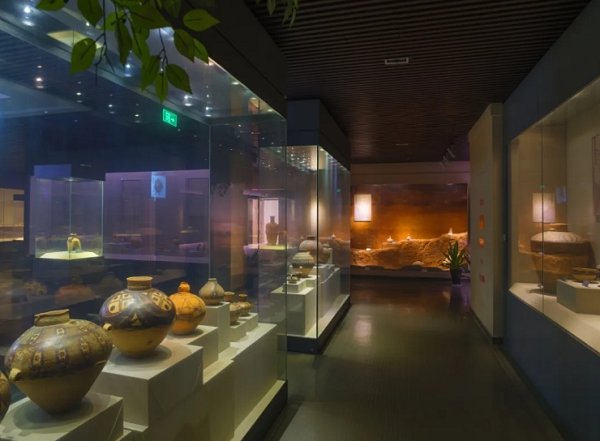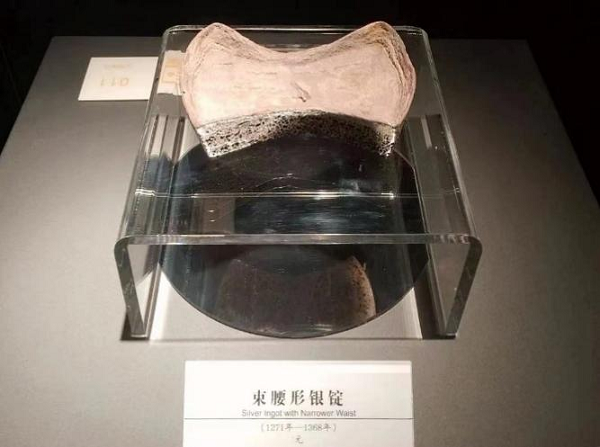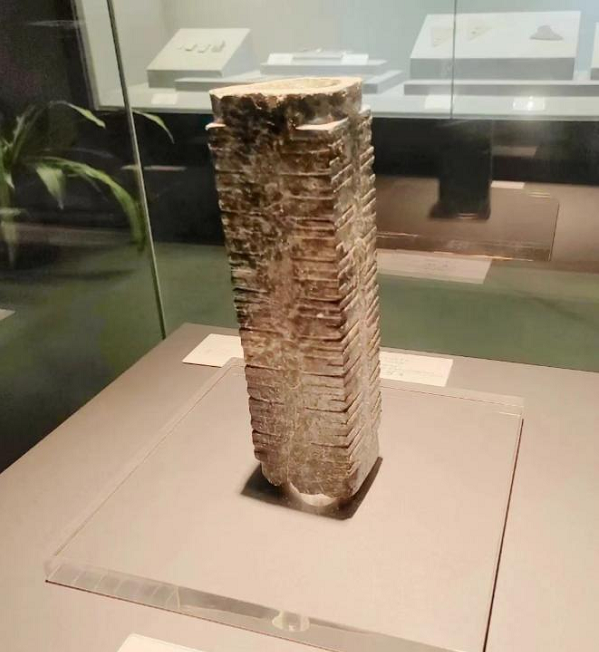Jinshan Museum
Opened to the public in 1988, the Jinshan Museum is dedicated to recording the 6,000-year history of Jinshan area.
In the Jinshan Museum, visitors can explore ancient pottery treasures from cultures such as Yangshao, Majiayao and Qijia, along with sacrificial vessels, decorative wares, and much more.

The hall for lamp exhibits showcases over 400 lamps from various dynasties, ranging from animal-shaped and gourd-shaped lamps to palace lamps and revolving lanterns. The history hall chronicles Jinshan's local development history – presenting political, economic, and cultural relics in chronological order and offering a glimpse into Jinshan's 6,000-year history.

The museum's most prized possession is the Silver Ingot with Narrower Waist, a national first-class cultural relic. Due to its rarity, well-proportioned design, and clear inscriptions, it holds high historical and cultural value. Additionally, there is a replica jade piece named the Long Hollow Piece of Jade with Rectangular Sides that was unearthed from the archaeological ruins of Liangzhu, a Neolithic culture known for its distinctive jade artifacts.

The Jinshan Museum also governs several other museums in the district – the Jinshan Planning Exhibition Hall, the Nanshe (Southern Society) Memorial Hall, the Jinshanwei War-resistance Heritage Park, the Former Residence of Zhu Xuefan, and the Bai Jiao Art Museum.
The Jinshan Planning Exhibition Center introduces Jinshan's urban development achievements and plans.
The Jinshanwei War-Resistance Heritage Park introduces the history of how the local folks fought against the Japanese aggressors during the War of Resistance Against Japanese Aggression (1931-45).
The Nanshe Memorial Hall is China's first museum dedicated to honoring the achievements of historical figures associated with the Nanshe Society (or Southern Society), the influential revolutionary literary society before and after the Revolution of 1911. Jinshan district is one of the birthplaces of the society.
The Former Residence of Zhu Xuefan is in memory of Zhu Xuefan (1905-96), a prominent politician who later became the first minister of post and telecommunications of the People's Republic of China.
The Bai Jiao Art Museum showcases the life and artistic accomplishments of Bai Jiao (1907-69), a renowned painter, calligrapher, and art educator from Jinshan district.
If you go:
Jinshan Museum
Address: No 1800 Jinshan Avenue
Open: 9 am-4 pm; closed on Mondays, except public holidays
Jinshan Planning Exhibition Center
Address: 2F, No 1800 Jinshan Avenue
Open: 9 am-4 pm; closed on Mondays, except public holidays
Jinshanwei War-resistance Heritage Park
Address: No 87 Nan'an Road
Open: 9 am-4 pm; closed on Mondays
Note: The venue is temporarily closed for renovations starting on July 8, 2025. Follow the official account for updates on the reopening date.
Shanghai Nanshe Memorial Hall
Address: No 130 Xinjian Road, Zhangyan town
Open: 9 am-4 pm; closed on Mondays
Former Residence of Zhu Xuefan
Address: No 200 Xinjing Road
Open: 9 am-4 pm (last admission at 3:30 pm); closed on Mondays
Bai Jiao Art Museum
Address: No 29 Huaxian Road, Zhangyan town
Open: 9 am-4 pm; closed on Mondays, except public holidays
(Updated on Nov 21, 2025)
Sources: WeChat account of Jinshan Museum via "jsqbwg", "jinshantour" WeChat account, bwgwx.jinshanqu.net